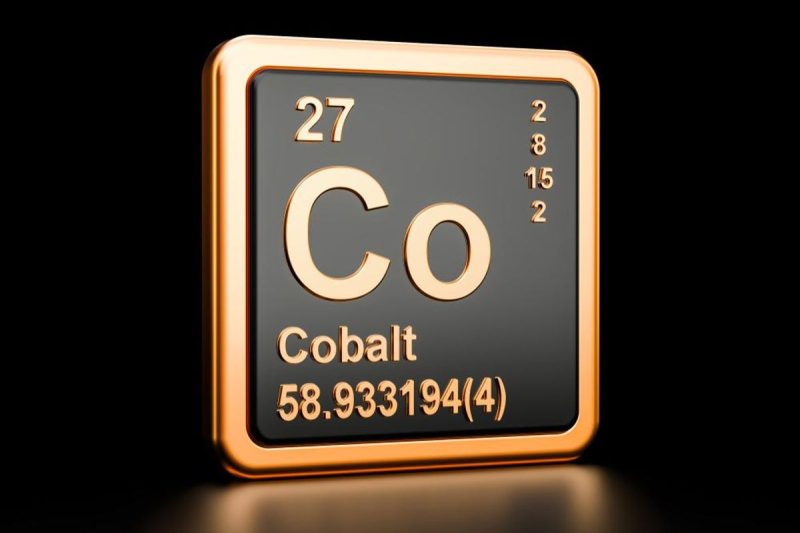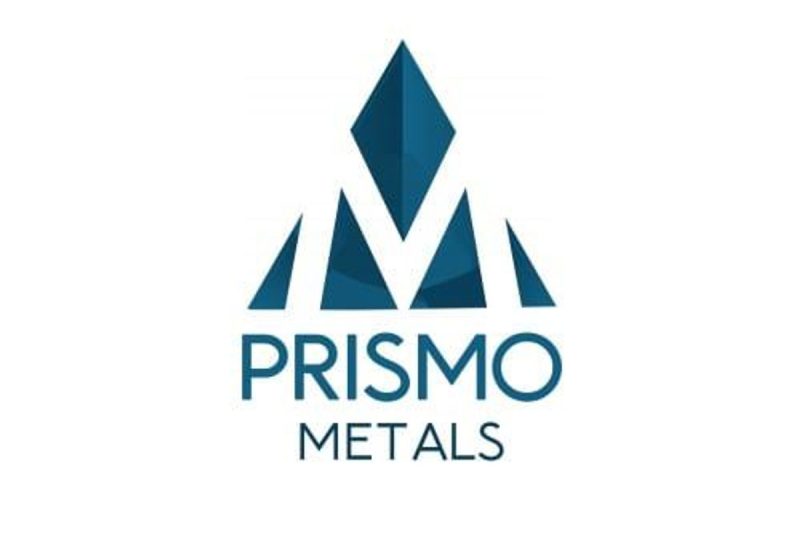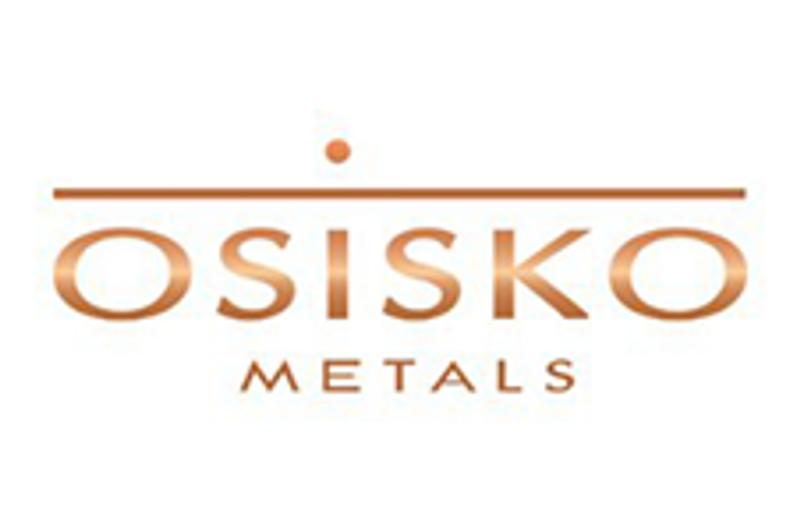Cobalt is a critical material for the energy transition, with increased demand in recent years due to its essential role in lithium-ion batteries for electric vehicles (EVs), energy storage and other technologies.
Cobalt is an important component in the popular nickel-manganese-cobalt (NMC) battery. Despite the existence of cobalt-free lithium-iron-phosphate (LFP) batteries and the potential for disruptive new battery technologies, demand for cobalt is expected to rise and market watchers are keen to find out where it may be mined in the future.
That’s why it’s important to review cobalt reserves, which is how much economically mineable cobalt a country holds. By keeping an eye on these numbers, it’s possible to guess which countries may become — or continue to be — cobalt powerhouses.
The Democratic Republic of the Congo (DRC) is the leader in cobalt output, producing nearly two-thirds of the world’s cobalt. However, the dominance of Chinese refining and processing — estimated at 75 percent of global capacity — poses challenges for Western nations, particularly the European Union (EU), which is striving for strategic autonomy in critical minerals.
Efforts like the 2023 EU Battery Regulation aim to address these issues by mandating recycled material targets for batteries, but the path to reducing dependency on China remains complex.
In recent years cobalt production globally has reached record highs, creating a large supply glut. This cobalt surplus underscores a paradox in the market: while demand for the metal is forecast to grow significantly, oversupply has caused prices to plummet. The surge in production, largely fueled by the DRC’s expanding output and China’s vertically integrated supply chain, has led to a market imbalance.
Despite these hurdles, market watchers remain optimistic about cobalt’s long-term outlook, driven by continued demand for EVs and energy storage.
Top cobalt reserves by country
Understanding cobalt reserves and identifying key production regions is crucial for investors and industry stakeholders. Here’s an updated look at cobalt reserves by country using the latest data from the US Geological Survey.
1. Democratic Republic of the Congo
Cobalt reserves: 6,000,000 metric tons
The Democratic Republic of the Congo is the country with the largest cobalt reserves by far, with 6,000,000 metric tons of the battery metal in the ground. The world’s largest cobalt producer continues to maintain its spot at the top of the rankings, producing over 70 percent of the global cobalt supply and influencing the whole EV battery industry.
With this stature comes the DRC’s share of both internal and external turmoil. Cobalt mining in the DRC has been linked to human rights abuses and child labor due to widespread unregulated artisanal mining, which remains a key livelihood for many.
Efforts to regulate the sector include the ASM Cobalt Standard, approved in 2022, with pilot site assessments underway in collaboration with the Responsible Minerals Initiative and Global Battery Alliance.
Many of the DRC’s regulated cobalt mines are joint ventures between foreign companies, such as Swiss mining giant Glencore (LSE:GLEN,OTC Pink:GLCNF), and the country’s state-owned mining companies. China’s role in the DRC’s mining industry continues to grow, as many of the cobalt mines in the DRC are joint ventures with Chinese companies. Much of this cobalt is processed in China, with the country processing 65 percent of all cobalt worldwide, diminishing the DRC’s agency over its minerals.
2. Australia
Cobalt reserves: 1,700,000 metric tons
Australia retains its position as the second-largest holder of global cobalt reserves, with an estimated 1.7 million metric tons, accounting for about 15.5 percent of the world’s total.
Despite contributing only 2 percent of global cobalt production, the country is emerging as a key player, bolstered by ethical and environmentally sustainable mining practices that stand in contrast to the DRC.
Ardea Resources (ASX:ARL) is leading the charge with its Kalgoorlie nickel-cobalt project, described as the largest nickel-cobalt resource in the developed world. Located in Western Australia, the Goongarrie Hub deposit, part of this project, has proven reserves to support a 40 year mining operation, with annual production targets of 2,000 metric tons of cobalt and 30,000 metric tons of nickel.
Cobalt Blue Holdings (ASX:COB), another prominent player, is spearheading the Broken Hill cobalt mine and Kwinana refinery. The refinery is planned to produce battery-grade cobalt sulfate from third party feedstock and cobalt from Broken Hill. Despite the ongoing slump in cobalt prices, the company is strategically positioning itself to align with US and European policies aimed at reducing reliance on China.
3. Indonesia
Cobalt reserves: 640,000 metric tons
Indonesia holds 640,000 metric tons of cobalt reserves and has rapidly ascended as a significant cobalt producer. In just three years, the nation increased its cobalt production over tenfold, reaching 28,000 metric tons in 2024, up from only 2,700 metric tons in 2021.
This growth is primarily driven by Chinese-backed investments in high-pressure acid leach (HPAL) facilities, established after Indonesia banned nickel ore exports in 2019 to bolster its domestic EV supply chain. Key players in Indonesia’s cobalt sector operate four HPAL facilities, which process nickel laterite ore into mixed hydroxide precipitate, containing both nickel and cobalt.
However, HPAL methods have drawn criticism for their environmental impact, producing high emissions and waste and raising worker safety concerns. Fatal accidents and worker protests over conditions have been reported, prompting calls for improved standards. In response, in 2023, then-President Joko Widodo committed to stricter environmental regulations, including banning the dumping of tailings into the sea and mandating renewable energy for new smelters.
New President Prabowo Subianto created a task force to focus on domestic investment in downstream nickel processing, which is currently about 75 percent controlled by Chinese firms.
Indonesia’s trajectory as a cobalt supplier could diversify global markets. By 2030, Indonesia’s cobalt production could constitute 16 percent of global output, according to the Cobalt Institute.
More cobalt reserves by country
The DRC, Australia and Indonesia have the highest cobalt reserves, but many other countries also hold significant cobalt reserves. Here’s a quick look at where other nations stand:
- Cuba — 500,000 MT
- Philippines — 260,000 MT
- Russia — 250,000 MT
- Canada — 220,000 MT
- Madagascar — 100,000 MT
- Turkey — 91,000 MT
- United States — 70,000 MT
- Papua New Guinea — 62,000 MT
According to the US Geological Survey, the total world reserves figure for cobalt sits at 11,000,000 MT.
Securities Disclosure: I, Giann Liguid, hold no direct investment interest in any company mentioned in this article.






